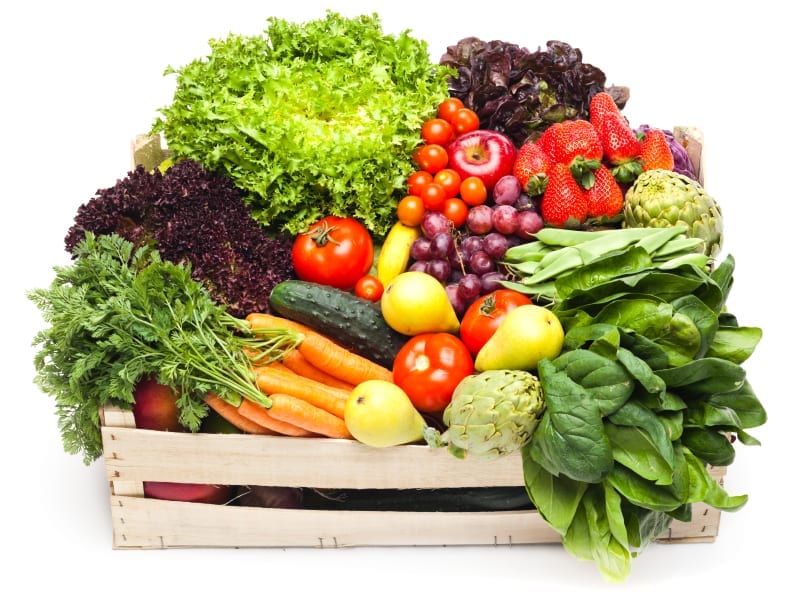If ever there was a reason to get out and lie in the sun for half the morning, getting your daily recommended dose of Vitamin D is it. In fact, three hours in sunlight, in moderate climates, without using any sun-block is sufficient to boost your levels of what is known as the ?sunshine vitamin?. However, you do need less depending on latitude, time of day and air pollution levels.
It is not advisable to lie out in the heat of summer in Manipal, for example, for three hours without protection, but you will still receive beneficial amounts through sun-block of under Factor-8. Most of what we require on a daily basis is produced in the skin, by the action of sunlight, and many of us who suffer from depression through the dark winter months are actually missing around 75% of our required daily dose of 10 micro grams.
There are a number of diseases that result from a deficiency of Vitamin D and over the years, since it was identified in cod liver oil, there has been increasing research into its role in the body.
In Victorian times children with rickets or bow legs were a common sight. You rarely see this in developed countries today, although in Southern Asia there is still a problem. In adults the condition is called osteomalacia (soft bones) and it is estimated that millions of people who suffer from unexplained bone and muscle pain actually have this condition.
HOW IS VITAMIN D INVOLVED IN OUR BONES?
Our bones are living tissue that grows and regenerates throughout our lifetime. It is not static, and old bone is removed and replaced with new bone continuously, a process that requires the essential elements of bone to be available from our diet and from chemical reactions in the body.
There are four main components in bone that are needed to ensure it is strong and able to repair itself on a daily basis.
- Minerals ? calcium, magnesium and phosphorus.
- Matrix ? collagen fibres (gristle)
- Osteoclasts ? bone removing cells
- Osteoblasts ? bone producing cells.
If you ever made papier-m?ch? sculptures at school you will have used a chicken wire framework first of all, to establish the shape that you wanted. Over this you would have laid your strips of wet paper and allowed them to dry and harden. The bone making process is very similar.
A network of collagen fibres form the base and they are then overlaid with minerals. The strength of the finished bone is dependent on the amount of mineralisation that takes place. Osteoclasts will remove old bone when needed and this results in a need to produce new collagen matrix to attract new minerals for the repair process.
Vitamin D is essential to ensure that sufficient calcium and phosphorus are attracted to the new matrix and that strong new bone is produced. Unfortunately if you are deficient in this vitamin more bone is discarded than replaced leading to soft and malformed bones.
Rickets for example is the result of soft and insufficient bone material in the legs allowing them to bend and stunting their growth. In adults the disease is called osteomalacia and because the symptoms are usually related to non-specific muscle and bone pain it can remain undiagnosed for years. This leads to chronic pain and the truth is that therapeutic doses of vitamin D may be the only treatment necessary.
WHAT OTHER MEDICAL PROBLEMS ASSOCIATED WITH VITAMIN D DEFICIENCY?
Arthritis is an auto-immune disease, which means that your own immune system is out of control and attacking your own tissues such as the joints. It has been known for some time that Vitamin D is necessary as part of the bone structure but it appears that it also works independently within the skeleton. It works its way into the lubricating synovial fluid inside joints and prevents the T-cells from the immune system attacking the tissues and causing inflammation. Research with Multiple Sclerosis another auto-immune disease is also showing this defensive action by vitamin D.
Cancer is the result of mutated cell growth into tumours and it is possible that vitamin D may regulate cell growth abnormalities, it is not clear if all cancers would respond to the vitamin but it will be interesting research to follow.
Vitamin D deficiency in our modern diet and the overuse of sun-blocks over factor 8 is resulting in more and more incidences of type 1 diabetes in children.
Hormonal fluctuations and problems such as PMS respond very well to calcium, magnesium and Vitamin D and I have worked with infertility related issues with clients who have also responded well to taking these three nutrients together. Calcium needs the vitamin to be absorbed so any process that involves the mineral will be more effective in combination including the management of blood sugar levels.
Phosphorus is not commonly deficient but as it requires Vitamin D to be absorbed in the first place it can become so. Phosphorus is involved in a number of functions other than bone production including the production of energy, enzyme processes, activation of B complex vitamins and keeping the blood alkaline. If we are therefore deficient in Vitamin D we are affecting all these essential functions within the body.
Many people suffer from Seasonal Affective Disorder (SAD) and I have to say that if I go more than a few days without some sunshine I can begin to feel less energetic and more irritable. Vitamin D treatment has been highly successful in this area although the use of light boxes, as a form of therapy has not been as effective. Obviously you either need to supplement or get out into some real daylight.
There are links to a number of other medical issues including obesity and it is going to be interesting to see what research is going to discover about this particular vitamin in years to come.
WHAT ARE THE BEST SOURCES FOR VITAMIN D.
A walk in the fresh air is great for you and for those of us in India, we have the added bonus of sunshine. Try to walk in the cooler mornings without any sun-block or at least keep to under Factor-8 at least five times per week. You can walk again in the evening for an hour before sunset. This way you will lose weight, tone up, get lightly tanned and get your daily Vitamin D.
My theory is that we evolved into obtaining this essential nutrient from the sun because there were not sufficient food sources for it. We need at least 10 micro grams per day and we need to include oily fish and eggs regularly to obtain sufficient. Eggs contain approximately 1 ug with a 100g serving of herring or tinned salmon providing the maximum at 16.5 micro grams. Vegetarians and Vegans need to eat fortified cereals to obtain enough vitamin D and usually they are the most at risk of deficiency diseases. Taking cod liver oil capsules is an excellent way to get your Vitamin D, which is probably why it is also an effective preventative and support for rheumatoid arthritis.
As we get older our skin thins and we are less able to manufacture Vitamin D naturally, which is when supplementation is a good idea. It is a good idea to take not only cod liver oil but also an additional supplement of calcium, magnesium and Vitamin D.






Leave a comment